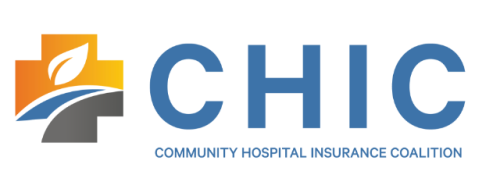Health Industry Cybersecurity Practices: Managing Threats and Protecting Patients
Proposed Notice of Benefit and Payment Parameters for 2020
DOL Increases Civil Penalty Amounts for 2019
U.S. Department of Health and Human Services 2018 Annual Report
Health Industry Cybersecurity Practices: Managing Threats and Protecting Patients

Cyber attacks are an increasing threat across all critical infrastructure sectors. For the health sector, cyber attacks are especially concerning because these attacks can directly threaten not just the security of our systems and information but also the health and safety of American patients. Read this guide from the Department of Health and Human Services to learn more.
Proposed Notice of Benefit and Payment Parameters for 2020
Recently, the Department of Health and Human Services (HHS) published its proposed Notice of Benefit and Payment Parameters for 2020. This proposed rule describes benefit and payment parameters under the Affordable Care Act (ACA) that would be applicable for the 2020 benefit year. Proposed standards included in the rule relate to:
- Annual limitations on cost-sharing
- The individual mandate’s affordability exemption
- Direct enrollment in the Exchanges
- Special enrollment periods in the Exchanges
HHS is also seeking comments on other issues, like “silver loading,” automatic re-enrollment through the Exchanges, and any measures that would potentially reduce eligibility errors and government misspending.
Proposed Changes
The out-of-pocket maximum (OOPM) and the ACA’s affordability exemption threshold would both increase with the new rule.
- OOPM: $8,200 for self-only coverage and $16,400 for family coverage in 2020
- Affordability threshold: 8.39 percent of household income
The proposed rule would also expand opportunities for individuals to directly enroll in Exchange coverage by enrolling through the websites of certain third parties rather than through HealthCare.gov.
Contact us today to discuss these and other potential impacts the proposed rule may have on your business.
DOL Increases Civil Penalty Amounts for 2019
In January, the Department of Labor (DOL) increased the civil penalty amounts that may be imposed on employers under the following federal laws:
- The Fair Labor Standards Act (FLSA)
- The Employee Retirement Income Security Act (ERISA)
- The Family and Medical Leave Act (FMLA)
- The Occupational Safety and Health Act (OSH Act)
These increased amounts apply to civil penalties that are assessed after Jan. 23, 2019.
Employers should become familiar with the new penalty amounts and review their pay practices, benefit plan administration and safety protocols to ensure compliance with federal requirements.
Speak with HealthSure for a complete list of penalty amount increases for 2019.
U.S. Department of Health and Human Services 2018 Annual Report

This report, which explains strategic goals from 2018, is directly from the U.S. Department of Health and Human Services.


